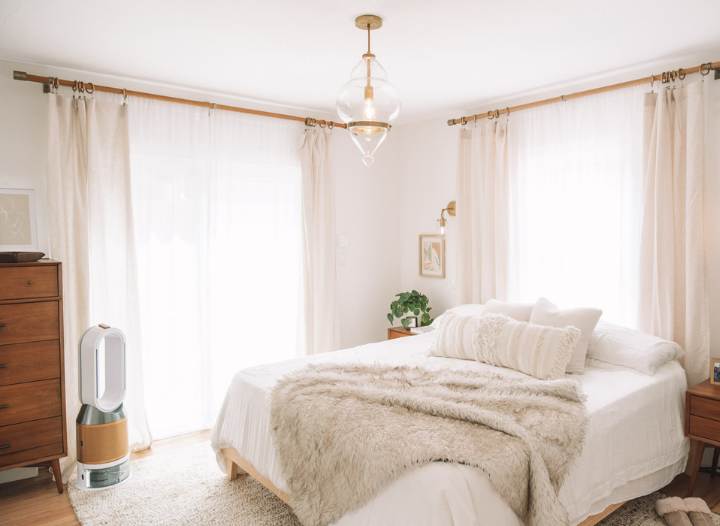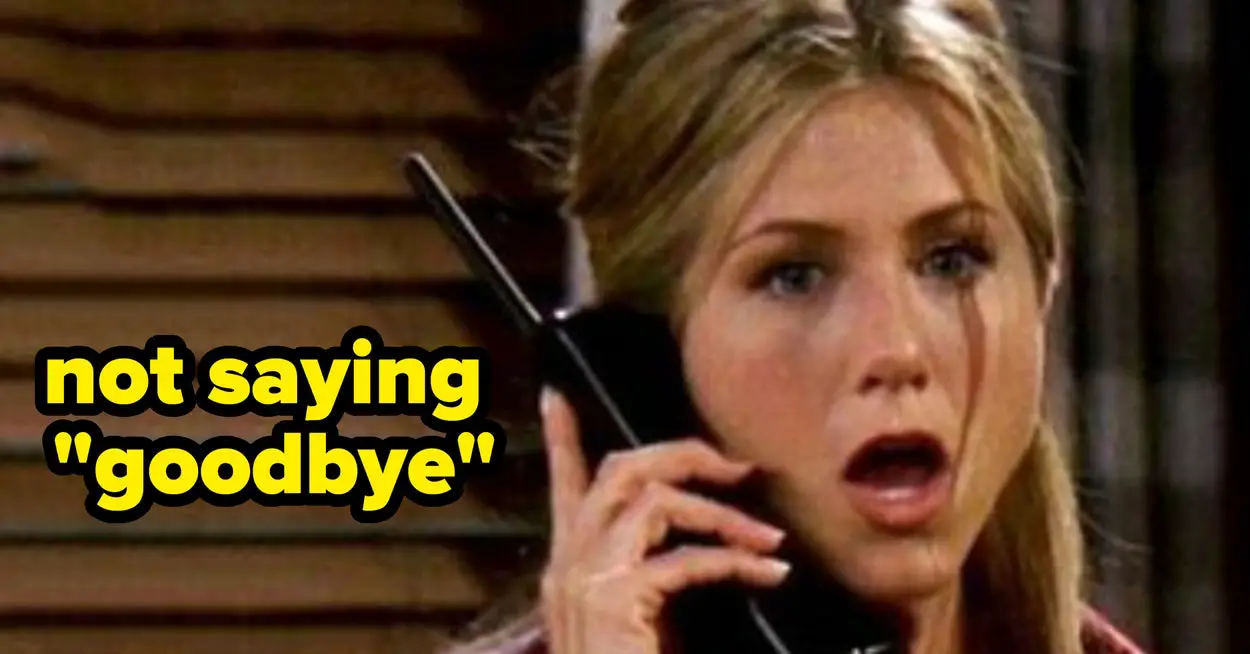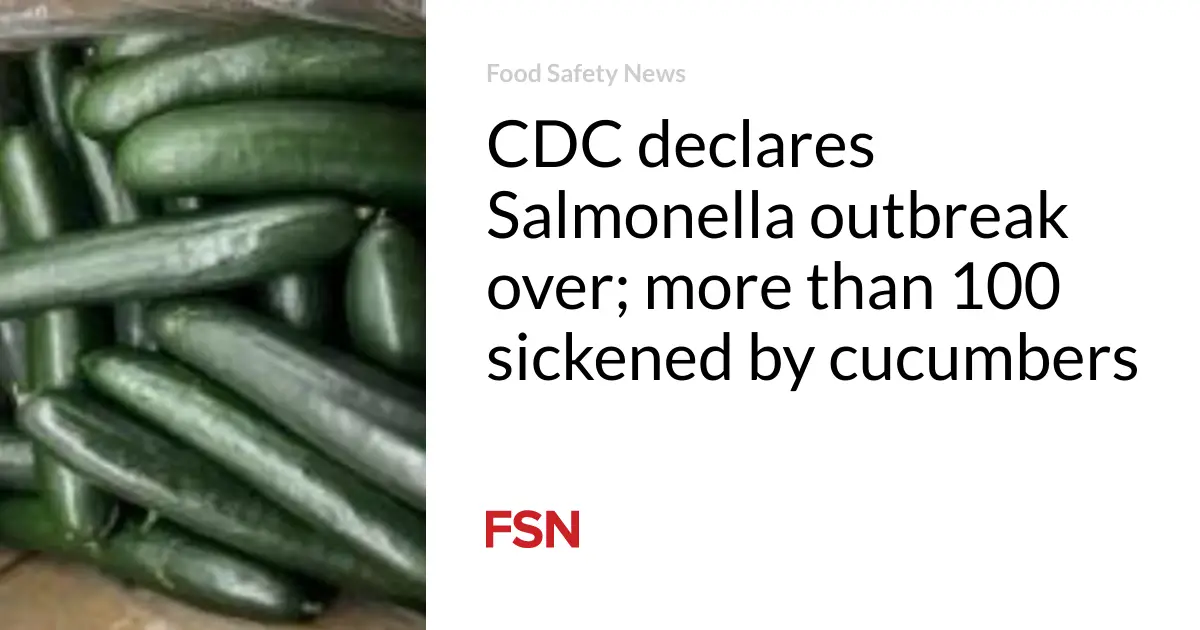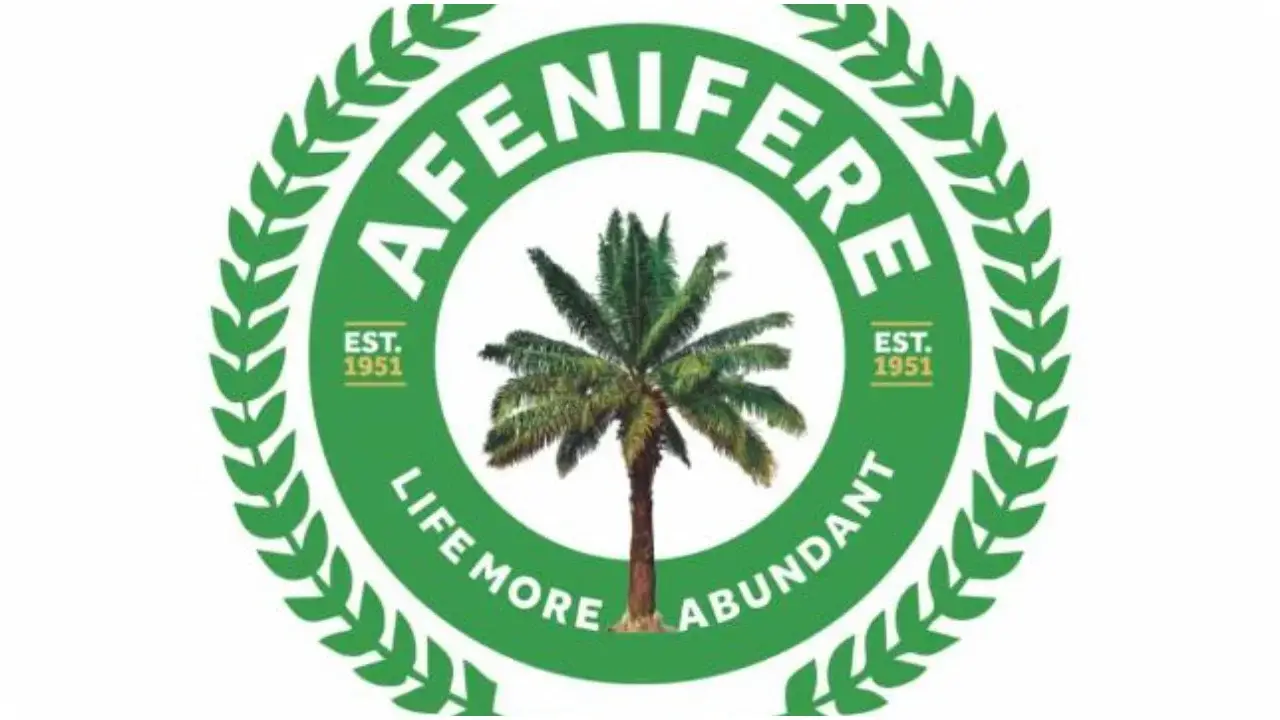From the pebble beach at Cuckmere Haven, it’s a steep climb up a well-trodden track to get up on to the cliffs but the reward is one of the most exhilarating views the British coast has to offer – the dazzling white chalk faces of the Seven Sisters stretching into the distance. I have seen these cliffs in sunshine, mist and rain, from above, below and from the sea, and they never fail to make my heart beat faster. Below us lies the Channel, a soft milky blue this morning, the hazy shape of a ferry fading into the horizon like a ghost ship. Behind us is rolling grassland as far as the eye can see.
These are the “blunt, bow-headed, whale-backed Downs” that Rudyard Kipling conjured so vividly in his poem Sussex, written in 1902 when he was living with his family in nearby Rottingdean. Kipling would still recognise this landscape, “half-wild but wholly tame”, but it could so easily have been a different story.
Ten miles west of here is Peacehaven, a sprawling cliff-edge development of bungalows, built on land that was parcelled up as cheap housing plots after the first world war. Fearing that a similar fate lay in store for the rest of this coastline, a group of local campaigners founded the Society of Sussex Downsmen in 1924 (now called Friends of the South Downs) and raised the money to buy 200 hectares (480 acres) of land between Seaford and Eastbourne from a building syndicate. The land was then handed over to the National Trust. Kipling’s poem was used as a call to arms in one of the fundraising pamphlets.
Today, the iconic white cliffs and surrounding downland come under the protective umbrella of Seven Sisters country park, one of the last stretches of undeveloped coast in the south-east. Three years ago, ownership of the park was transferred from East Sussex county council to the South Downs national park authority, bringing another layer of protection and some much-needed investment. About £2m has been spent so far upgrading the visitor centre, managing the chalk grassland to improve biodiversity and converting three 19th-century farm cottages into self-catering accommodation – the first of its kind within the park. We are going to be the first guests in one of the newly renovated cottages.
While the rest of my family settle in, I’ve arranged to meet ranger Lawrence Leather for a quick tour of the country park. It’s a sunny bank holiday weekend and the visitor centre, cafe and car parks are heaving. We turn off the main coast road and bump down a steep slope in the Land Rover, Lawrence pointing out egg-yolk yellow cowslips nodding in the grass and a buzzard taking flight.
He tells me this chalk grassland is one of the rarest and most important habitats in the UK. “The priority has been to rest overgrazed grassland in summer to encourage the return of wildflowers,” he says. This in turn supports an astonishing array of plants, insects, reptiles and birds, including bee orchids, adonis blue butterflies and skylarks.
We stop to admire the camping field and recently refurbished camping barn, which sleeps up to 35 and has just reopened with brand-new kitchen and bathroom facilities. Previously, visitors wanting to stay overnight in Seven Sisters would have had to camp or book into one of the five B&B rooms available at Saltmarsh Farmhouse, next to the visitor centre. The new cottages mean a different kind of holiday is now possible.
Lawrence drops me off at the garden gate of Redshank Cottage. In a sheltered valley behind the cliffs, it’s the largest of three flint cottages that make up the Foxhole farmstead, which is believed to date from the 17th century. The cottages have been designed to offer a “totally immersive South Downs experience” and to this end, no cars are allowed in. Guests have to leave vehicles at the visitor centre a mile away, and luggage transfers are available at the start and end of their stay.
Nor are there TVs, dishwashers or washing machines. What there is though is something far rarer: total peace and seclusion in the very heart of the Downs with no road noise or street lights, and a sense of complete escape from the outside world. Redshank sleeps six, and has a wonderful farmhouse kitchen with a long pine table, a cosy sitting room with woodburning stove, board games, binoculars and lots of maps and books, and three comfortable bedrooms with views on to a secluded back garden or towards the Downs.
From the cottage it’s a 10-minute walk along a paved path to the beach at Cuckmere Haven, where the River Cuckmere meets the Channel. The walk takes us past shallow lagoons where a white egret and a solitary heron stand sentinel. Their stillness contrasts with the frantic activity on the steep, grassy banks leading up to the cliffs, which are alive with dozens of tiny rabbits, darting in and out of their warrens.
The South Downs is the UK’s newest national park, designated in 2010. It’s also the most populous – and one of the most popular. On a warm Saturday afternoon the beach is busy with picnicking families, rucksack-laden schoolchildren on Duke of Edinburgh expeditions, walkers passing through on the South Downs Way and day trippers in search of the perfect Seven Sisters selfie. One of the perks of staying on site at such a popular beauty spot is the “after hours” access. As the sun starts to dip, the beach begins to empty, and it’s hard not to feel a little bit smug knowing that we will shortly have this magical place to ourselves.
Up early the next morning, we’re happy to be the first people up on the clifftop; it’s just us and a handful of free-roaming shetland ponies. From our cottage, it takes us around 90 minutes to walk the length of the Seven Sisters, following the rollercoaster dips and brows of the cliffs, with the sea to our right and the wind at our backs.
The chalk was formed under an ancient sea when dinosaurs still roamed the Earth, and is full of the fossils of tiny marine creatures. As well as geological layers, there are layers of human history visible too, from second world war pillboxes to the coastguard cottages perched above Cuckmere Haven, playing a game of dare with the rapidly eroding cliff edge.
By the time we get to Birling Gap, our legs are heavy and our boots covered with chalk dust. The Coaster bus that runs between Brighton and Eastbourne stops here, so we catch a ride back to Seven Sisters visitor centre. After a pub lunch in the village of Litlington, we walk back across the marshes to our cottage, catching sight of a hare streaking across the grass at full pelt in the late afternoon sunlight.
Later, we step outside to take a final look at the stars. The South Downs national park is a designated international dark sky reserve, which means light pollution is kept to a minimum, and on a clear moonless night, the stars feel so close you can almost touch them.
Accommodation was provided by Cuckmere Cottages: Kestrel cottage sleeps two from £175 a night; Redshank cottage sleeps six from £225 a night (two-night minimum), cuckmerecottagesandcamping.co.uk






